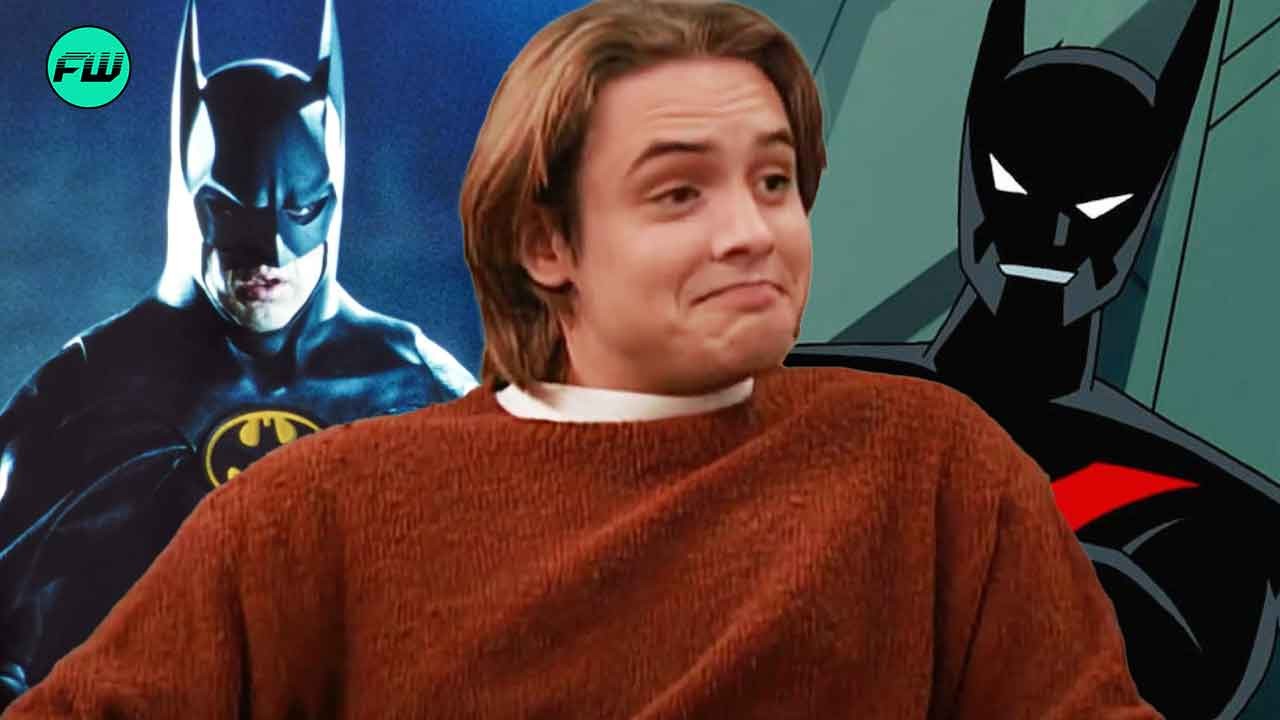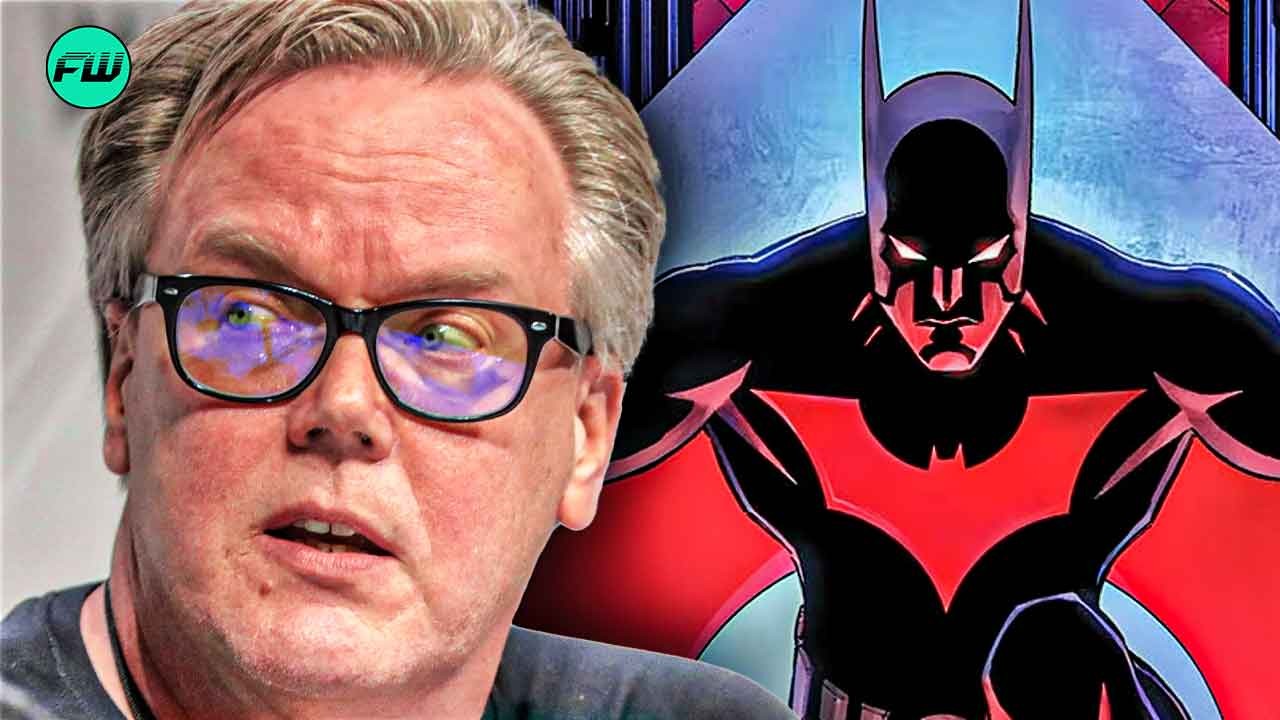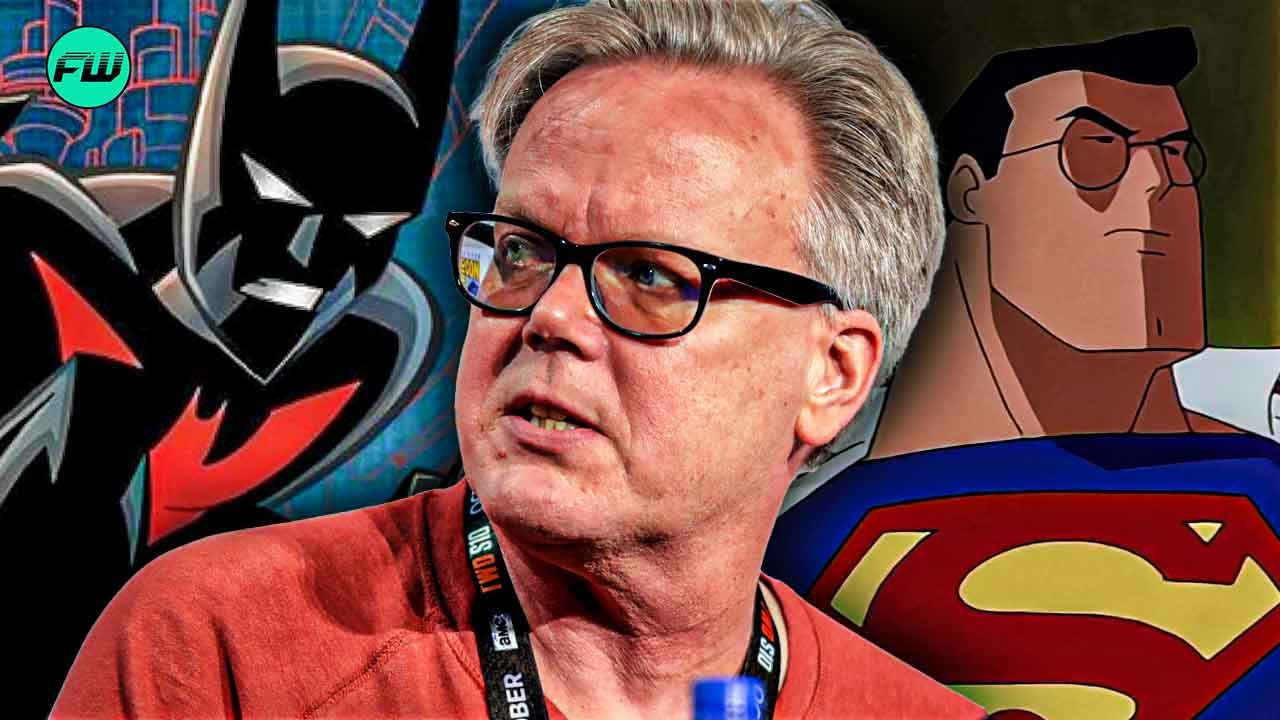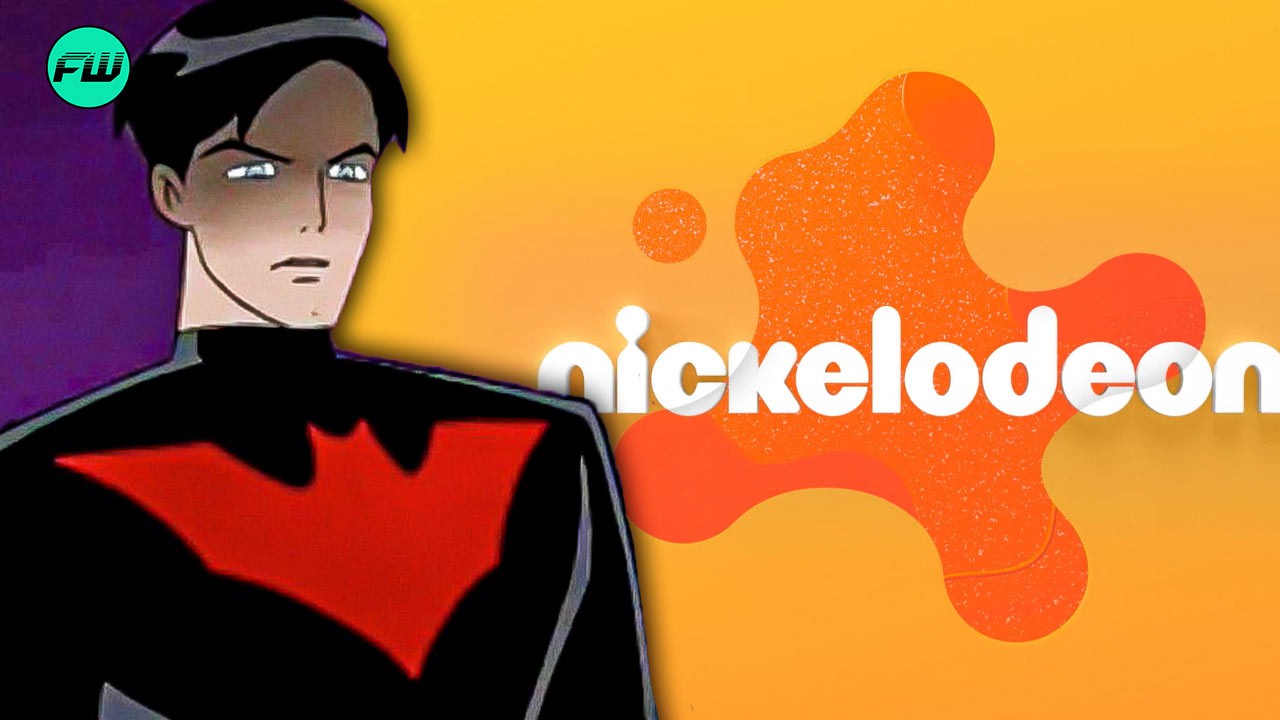“I am vengeance, I am the night, I am Batman!” This dialogue by one of the most famous superheroes of all time, Batman, has a separate fan base. Not just the words, but the voice that sends a chill down the spine makes the dialogue really intriguing.
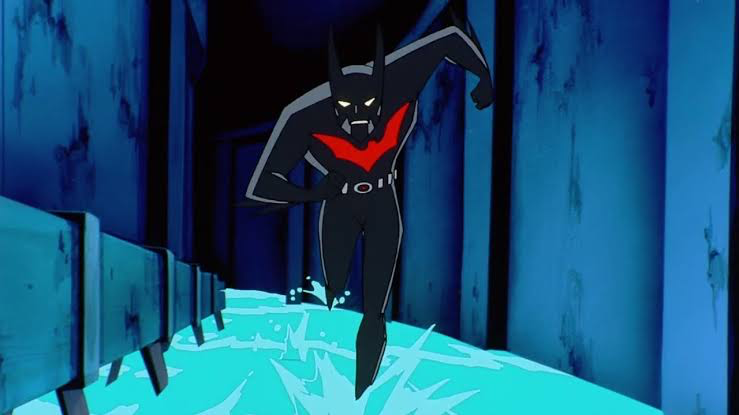
Not just in the movie, but even in animation, the voice of Batman has been given a lot of priority to maintain the craze of our Dark Knight. American actor William Alan Friedle is the voice artist of Terry McGinnis/Batman in Batman Beyond. People have really appreciated Mr. Friedle for nailing the voice of Batman in the world of animation.
Batman Sounding Like a Kid Might Not Be the Best Idea
Shacknews Interviews once posted a short video on YouTube. In the video, William Alan Friedle answers questions and has fun on the mic. When the interviewer asked Friedle about how and why he separated Terry’s real voice from Batman’s voice, he came up with a really logical answer.
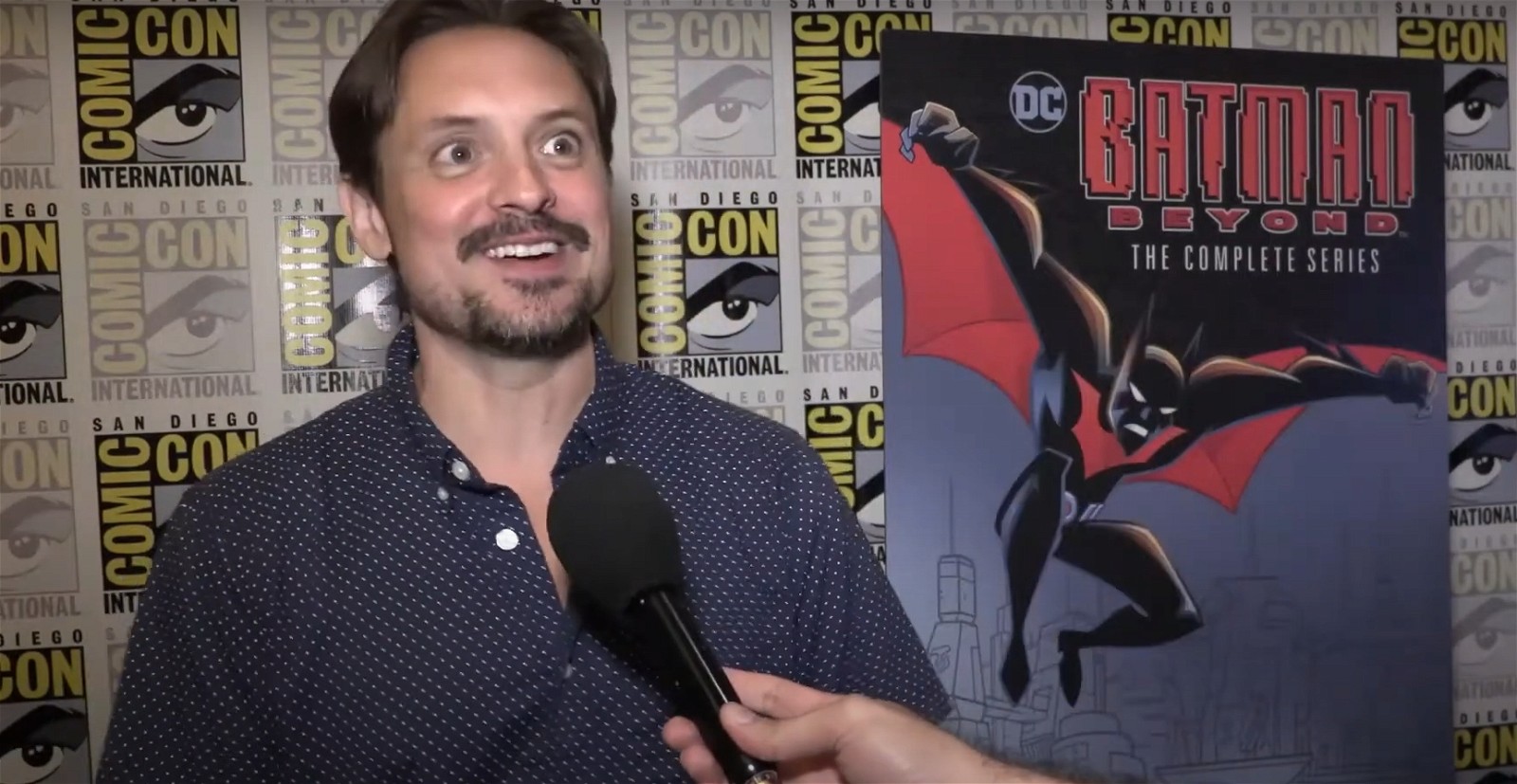
The reason Friedle changed Terry’s original childlike voice into a rather intense voice after becoming Batman was that he wanted the character to create an air of fear with his voice. Emphasizing the importance of an intense voice, the voice artist said (via Shacknews Interviews on YouTube):
“You didn’t want to think you were being attacked by a kid.”
Terry was just 17 and with his kid-like voice in a Batman suit, no one would have felt even a bit of fear or depth of what the superhero was capable of. The team’s decision to change the voice ensured that Batman sounded like an intense and mysterious character.
Michael Keaton Changed the Voice of Batman in the 1989 Batman Movie

Directed by Tim Burton and featuring Michael Keaton as Bruce Wayne/Batman, Batman (1989) was released on June 19, 1989. In a Q&A with Empire magazine, Keaton recently answered some questions about his role as Bruce Wayne in the 1989 movie.
In the interview, Keaton revealed that he would switch voices when billionaire Bruce Wayne would turn into his alter-ego, Batman. Keaton mentioned that after he was made to wear the cape and the cowl, he immediately went for the “controlled psychosis” voice.
Stating the main reason behind the voice change, Keaton said:
“It’s cheesy but I figured once he’s in the trance, he doesn’t think like he does like Bruce Wayne, doesn’t act like he does.”
The rest, as they say, is history. Batman and Bruce Wayne having different voices made sense. As Keaton explained, the character did not consciously remember himself being Wayne.
Batman Beyond is available for streaming on Max.

